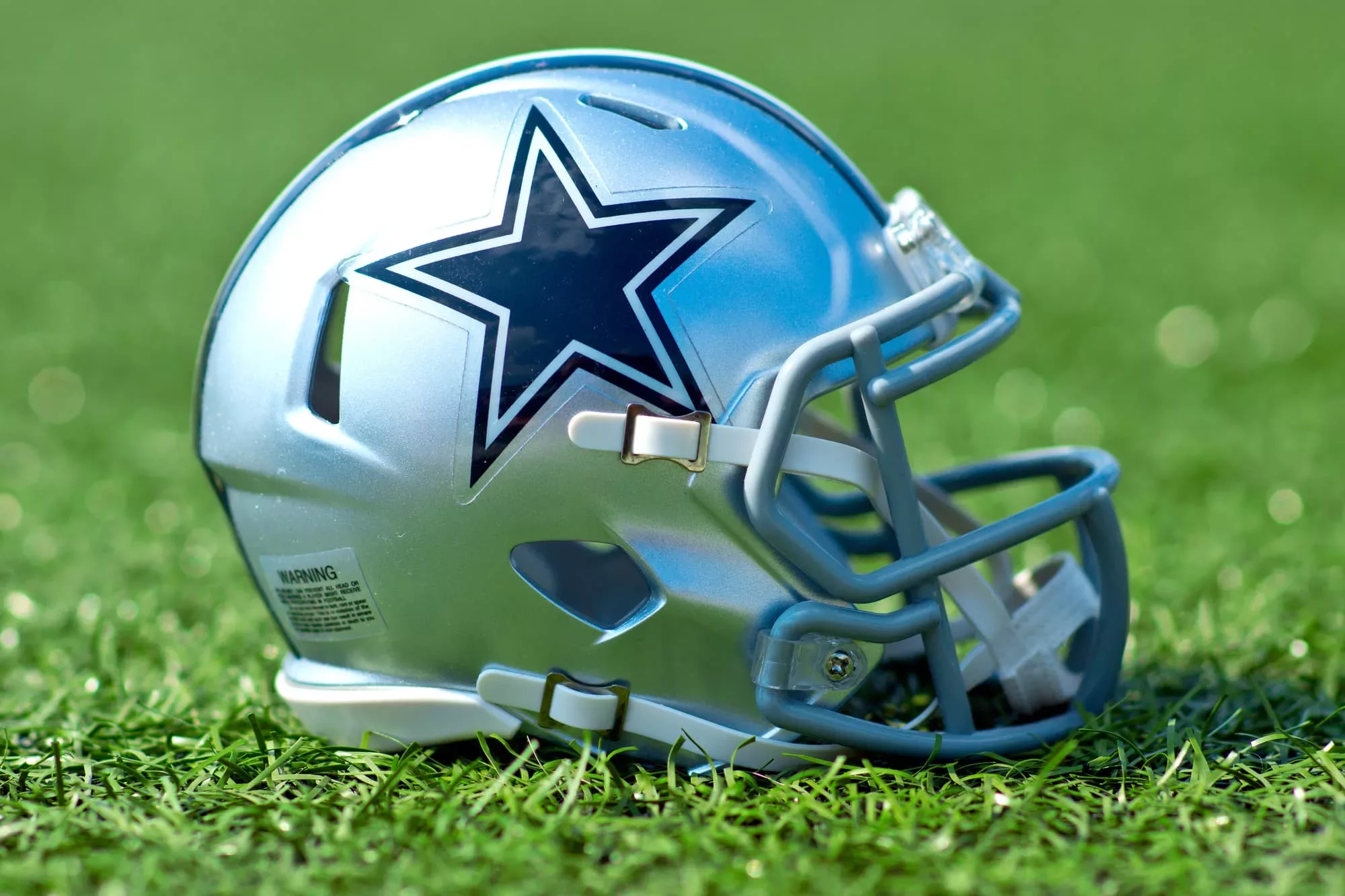As It Happens6:21Baltimore bridge a tangled, ever-changing mess of debris following crash
It’s been difficult to untangle the twisted metal both above the water and below, after a large boat collided into a bridge in the Patapsco River near Baltimore.
“What we see is a massive, cantilevered, mangled mess of wreckage that is contorted and extremely difficult to identify any kind of structural integrity,” Col. Estee Pinchasin with the U.S. Army Corps of Engineers told As It Happens host Nil Köksal.
The Dali cargo ship collided with the Francis Scott Key Bridge on March 26, killing six people who were working on the bridge at the time, and leaving the boat lodged in the debris.
“Every time we move a piece of the structure, the situation could become even more dangerous. We have to move fast but we cannot be careless,” Maryland governor Wes Moore told press on April 1.
The crash happened after the ship lost power to its engine and navigation equipment. The crew of mostly Indian nationals issued a mayday, which allowed authorities to close bridge traffic before huge sections of the bridge collapsed into the river.

Now crews are working to get the critical port cleared — but Pinchasin says it’s been difficult. Above the surface, there’s a clear picture of what they have to deal with. But the same can’t be said for below.
“You can’t identify locations to cut, much less rig and then lift,” she said.
Ever changing
Three salvage crews are working to clear the debris. It includes the U.S. Army Corps of Engineers and the U.S. Coast Guard, and contracted teams. ‘
There are about 50 salvage divers and 12 cranes on site to help cut out sections of the bridge and remove them from the key waterway.
Pinchasin says the work is difficult and ever-changing. One shift of debris may cause other pieces to move, forcing crews to reassess the next move.
CBC News gets exclusive Canadian access aboard a U.S. Army Corps of Engineers ship to examine the colossal twisted wreckage of the collapsed Francis Scott Key Bridge in Baltimore harbour.
And then there’s the built-up energy.
“If you’re holding a spring in tension from both sides, and then you’re going to cut it, parts of the spring are going to snap back. And that’s what you have in portions of the wreckage,” said Pinchasin.
Divers must go down into the water to assess what might happen if they cut or lift different pieces of wreckage.
Pinchasin says at best, their visibility is less than one metre in front of them because the water is so murky.

Timeline
Clearing the debris is important because the channel gives access to one of the main ports on the East Coast of the United States.
Pinchasin hopes to have a limited access channel open that will be 11.5 metres deep and 85 metres wide. She says that will be a one-way access which will give some relief to the port.
She says they hope to have that open by the end of April. Then the goal is to restore normal capacity to Baltimore’s port by May 31.
“It’s hard for me to envision, even now, very uncomfortable for me to think that big, large shipping vessels are going to go through while we’re conducting salvage operations,” said Pinchasin.
“But when you talk to the [salvagers] there, they explain that this is what they do every day during salvage operations.”

Difficult time
Port Chaplain Rev. Joshua Messick told As It Happens guest host Stephanie Skenderis on April 1 that the wreckage has changed the landscape of Baltimore.
“It has really scarred the city,” he said.
Along with removing the debris, the team is trying to recover the bodies of the dead workers. So far, three bodies have been recovered. Eight people were working on the bridge at the time. Two were immediately rescued and survived. Three more are still missing.
Pinchasin says if they find an area that may be where the bodies may be, they halt the operation and focus on investigating the area in the hopes of recovering them.
“This is our channel. It’s our port, our city … You won’t fail because you can’t fail the people you’re serving,” said Pinchasin.














;Resize=(1180))






Discussion about this post